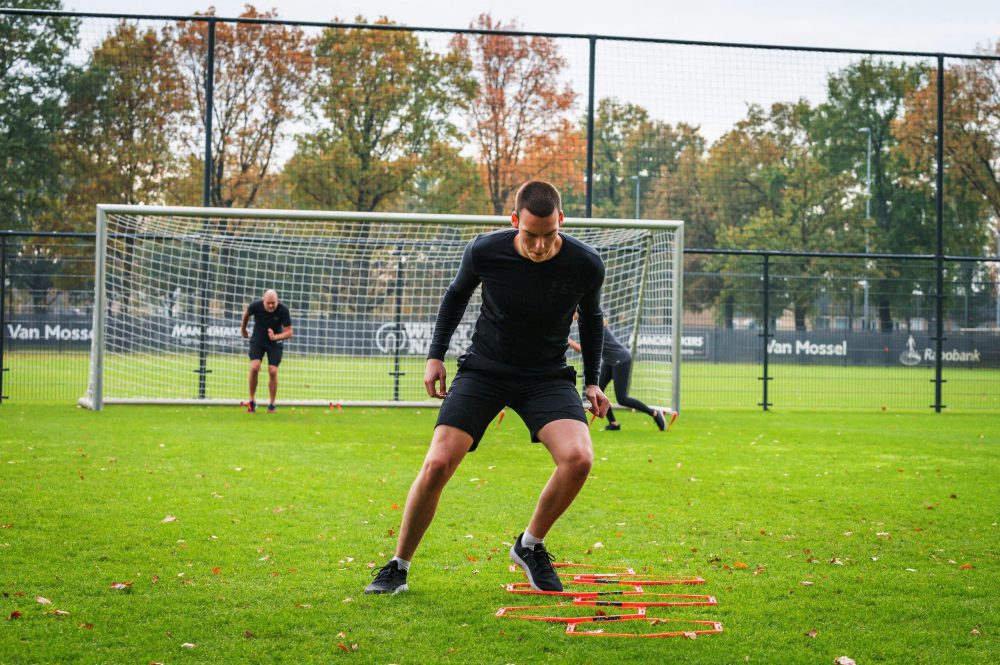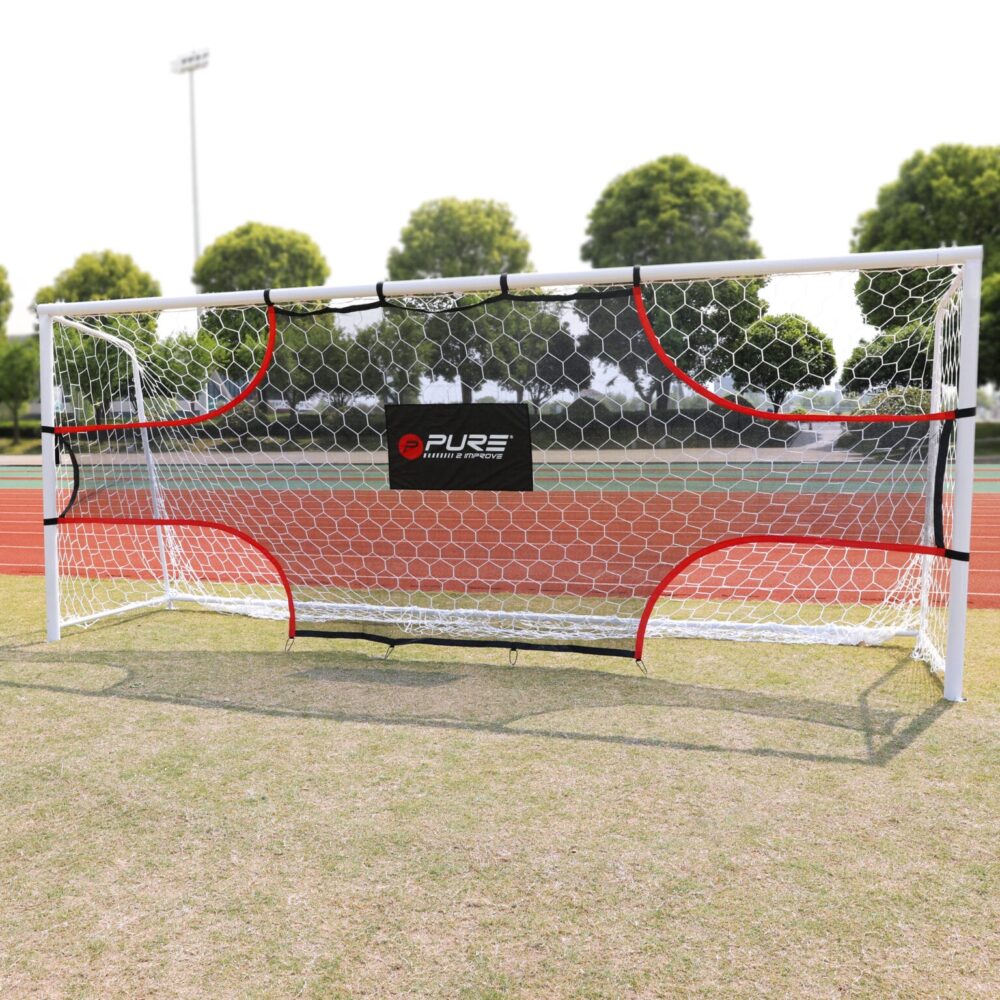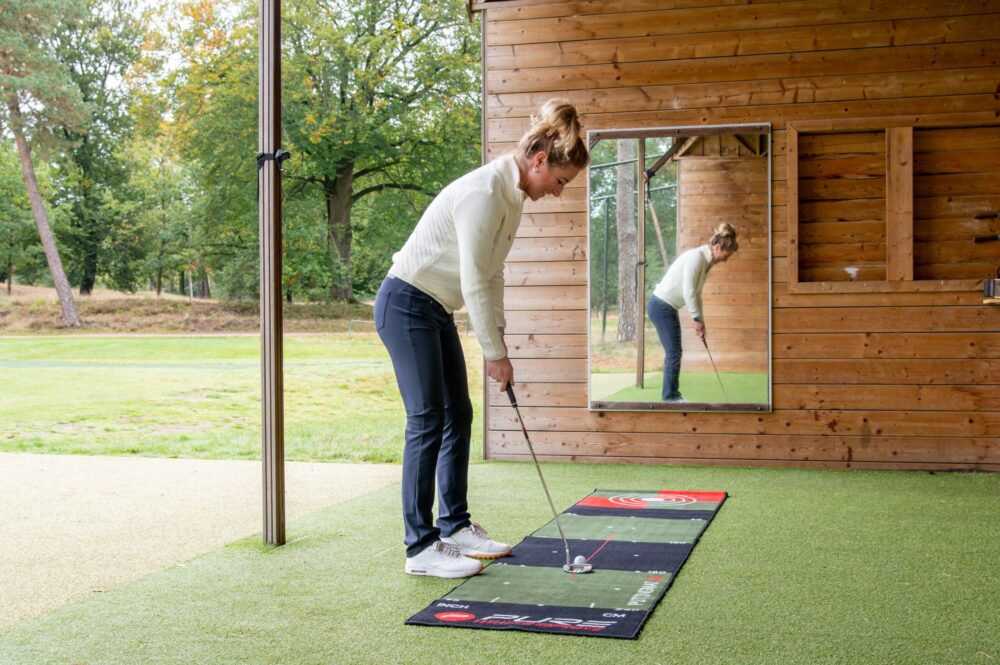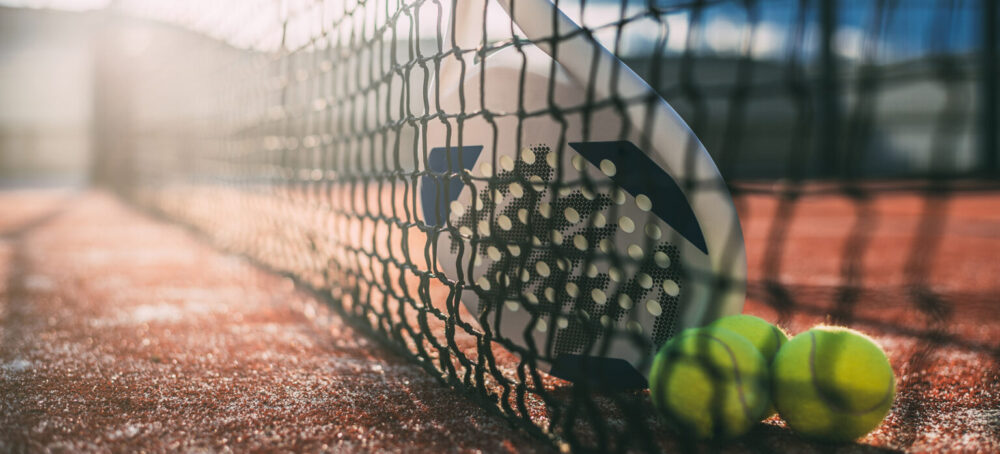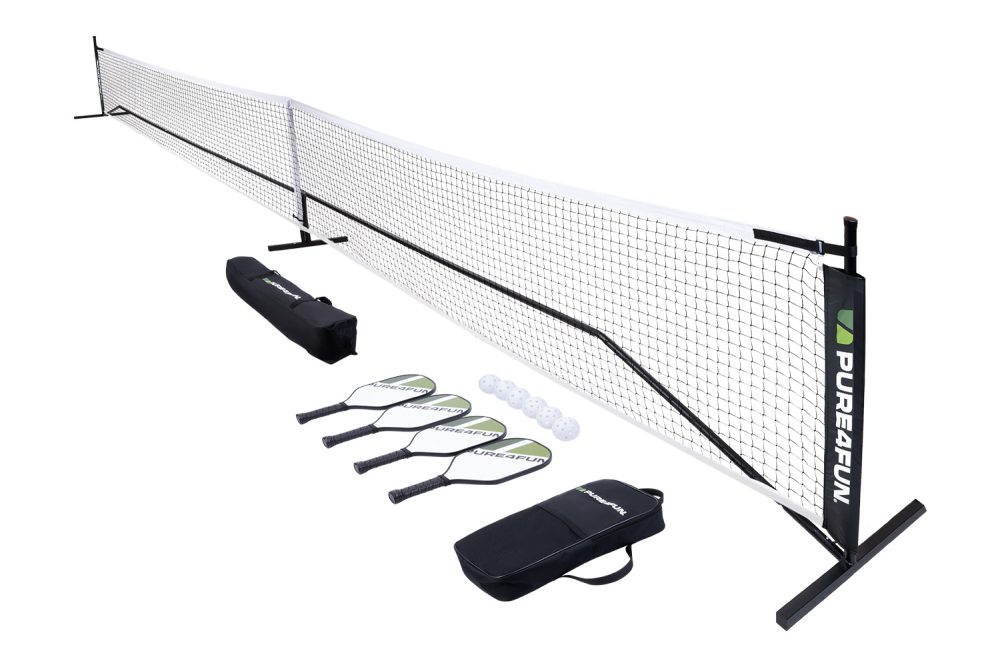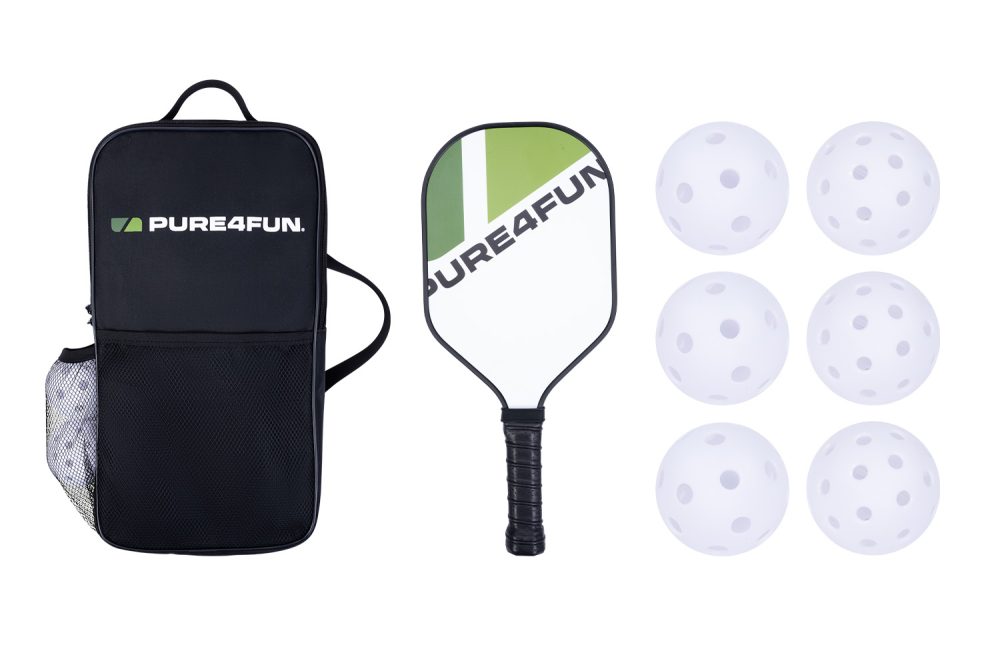Ready for a game of pickleball with Pure4Fun
Pure4Fun has expanded its range and, as you can see, the logo has a new look. One of our newest products is the pickleball set! Pickleball has grown in recent years in the United States and Canada as padel has in Europe. Moreover, pickleball has grown in the Netherlands too as you can play it in more and more places and the number of players is also increasing rapidly (KNLTB, 2024). Not familiar with this racket sport? Keep reading to know more!
What is pickleball?
Ever wondered what happens when you mix badminton, table tennis, and tennis? You get pickleball! Played on a court similar in size to a doubles badminton court, pickleball offers an accessible and inclusive sporting experience for all.
One of the unique features of pickleball is its slower ball speed, making it perfect for players of all ages and skill levels to enjoy. Whether you’re a seasoned athlete or new to the game, pickleball welcomes everyone to join in on the fun.
Equipment you’ll need
- Racket or paddle: A pickleball paddle, similar to an oversized table tennis bat but typically larger, is commonly crafted from lightweight materials like wood, foam, honeycomb polymer cores, carbon, or graphite layers.
- Pickle balls: Pickle balls are available in various types, tailored for indoor and outdoor play. Ensure you have the appropriate balls for your playing environment.
- Pickleball net: A Pickleball net is smaller than a tennis net and is available as an easy-to-carry net in a bag that you can easily assemble on location. Fixed net posts, as in tennis, are also available. The height at the center of the net is 91.44 cm and has a recommended length of 670 centimetres so that the net falls slightly outside the court on both sides.
How to play?
Pickleball, a game blending elements from various racket sports, has a unique set of rules. Let’s break it down:
- Service: The ball is served underhand, commencing from the right side of the court and directed diagonally to the opposite service box. Players can serve either out of hand or by dropping the ball (not throwing it up) and letting it bounce. During a net service, play proceeds as usual. The receiving side must allow the ball to bounce before returning it, and the serving side must also let the ball bounce before hitting it. Only the third ball may be volleyed without bouncing.
- Scoring: Points can only be earned by the serving side. A point is scored if the opponent fails to return the ball, hits it out, neglects to bounce the served ball first, volleys from the non-volley zone, or gets struck by the ball themselves. The game concludes when one side reaches 11 points with a two-point difference.
- Service Rotation: Following a scored point, the same individual continues to serve but switches sides. Conversely, if a player loses the point, their teammate takes over the serve from their current position. If they, too, lose the serve, it transfers to the opposite side, starting with the player positioned on the right. Initially, only one player serves, and afterward, they alternate sides.
- Singles Play: In singles matches, the serving player begins on the left side when they have an odd number of points and on the right side with an even number.
Understanding the scoring system: The format “1-0-1” indicates that the server has 1 point, the opponent has none, and it’s the first server’s turn.
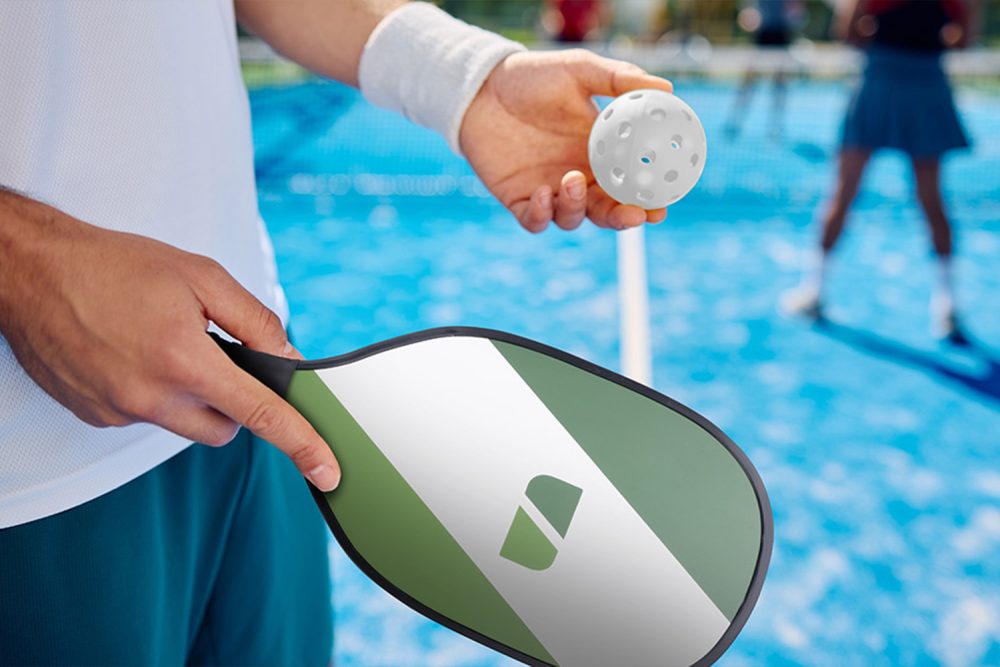
Conclusion
In conclusion, Pickleball is a dynamic and inclusive sport that combines elements of various racquet sports, offering players of all ages and skill levels a fun and engaging experience. With its straightforward rules, adaptable gameplay, and growing popularity worldwide, Pickleball continues to captivate enthusiasts and foster a sense of community both on and off the court. Whether you’re a seasoned athlete or a beginner looking for a new challenge, Pickleball offers something for everyone.


